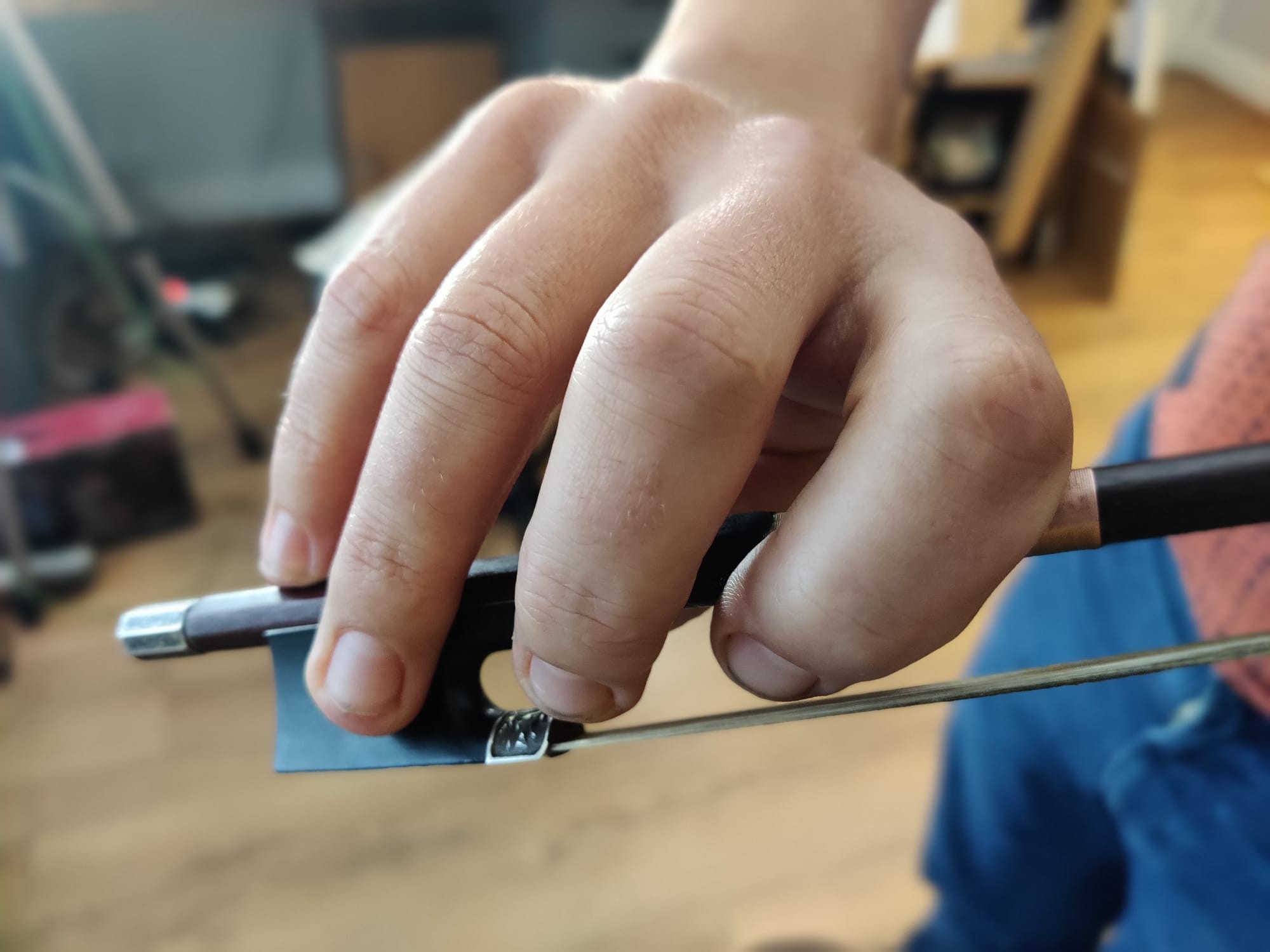The fiddle often intimidates aspiring musicians. Many believe mastering this instrument requires years of dedicated practice before playing a simple tune or producing a clear sound. Is this true? This article explores the challenges and rewards of learning to play the fiddle.
Why the Fiddle Seems Difficult
Several factors contribute to the perceived difficulty of learning the fiddle. A primary concern revolves around playing in tune. Unlike the piano, where each key produces a specific note, or fretted instruments like the guitar, where frets guide finger placement, the fiddle lacks these aids.
Accurate note production relies entirely on precise finger placement on the fingerboard. This demands developing a keen ear and fine motor skills. While initially challenging, this skill is achievable with consistent practice and guidance.
Mastering Intonation: The Key to Fiddle Playing
Some beginners use fingerboard stickers as visual aids for finger placement. However, relying solely on visual cues can hinder developing the crucial skill of listening.
Developing a good ear is paramount. Most individuals possess the innate ability to discern whether a note is in tune. Consistent practice, listening attentively, and making micro-adjustments to finger position based on auditory feedback are key to mastering intonation.
 Close up of fingers on a fiddle fingerboard.
Close up of fingers on a fiddle fingerboard.
Maintaining a consistent hand position across different fingers and strings significantly aids accurate tuning. Early guidance from a qualified teacher can establish a relaxed left-hand technique, promoting accurate intonation from the outset.
Producing a Pleasing Tone
Another common concern is producing a pleasant sound. Initial attempts might sound scratchy or unpleasant, but achieving a good tone is surprisingly attainable. Simple techniques like using the bow’s weight without excessive pressure, maintaining a smooth bow stroke, and keeping the bow parallel to the bridge, halfway between the bridge and the fingerboard, can drastically improve tone quality.
The Real Challenge: Bowing Technique
While mastering intonation and tone production are initial hurdles, bowing technique presents the ongoing challenge in fiddle playing. The bow controls tone, rhythm, phrasing, and overall musical expression. Developing a relaxed yet controlled bow hold is crucial.
Simple bowing exercises are invaluable for developing control and finesse. Consistent practice and focused attention on bowing technique are essential for lifelong improvement.
The Importance of Listening
Once basic techniques and a few tunes are learned, the journey of musical refinement begins. Active listening to accomplished fiddle players is crucial for developing musicality. Focus on nuances like emphasis, pulse, phrasing, and the use of slurs.
This focused listening is an invaluable learning tool. Initially, prioritize tone, intonation, and basic techniques over ornamentation and speed. Gradual progress ensures a solid foundation for future advancement.
Conclusion: The Fiddle is More Accessible Than You Think
Learning the fiddle may seem daunting, but the fundamentals are achievable with focused effort and proper guidance. Prioritizing a good tone, consistent hand position, a relaxed bow hold, smooth bowing, and attentive listening sets the stage for enjoyable and rewarding musical progress. So, while mastering the fiddle requires dedication, the journey is well within reach for aspiring musicians.
